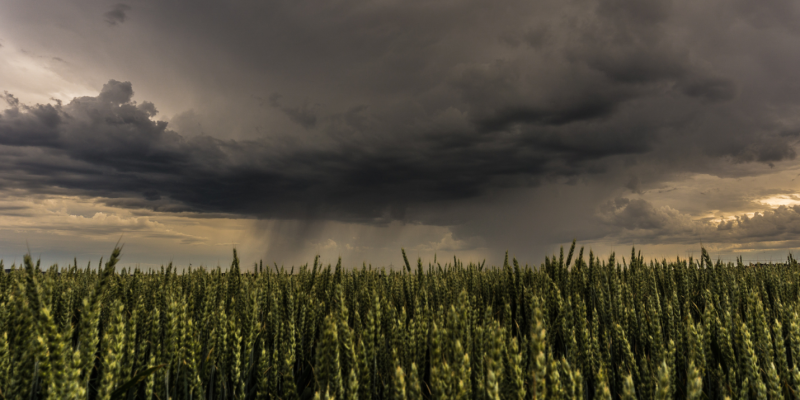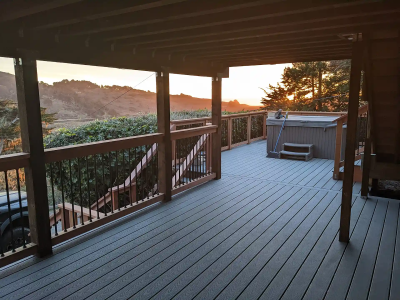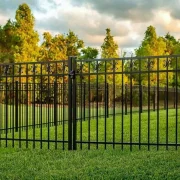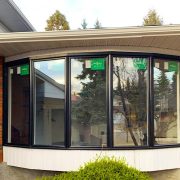Gutter maintenance is a critical but often overlooked aspect of homeownership, especially in regions like Indiana where local climate and environmental conditions can significantly affect the performance and longevity of your gutter system. While gutters may seem like a set-it-and-forget-it feature, local factors—ranging from weather patterns to surrounding vegetation—play a major role in how often you need to inspect, clean, and repair them.
If you’re a homeowner in Indiana, understanding the unique challenges your gutter system faces throughout the year can help you stay ahead of potential damage. Let’s take a look at the most important regional and environmental factors that impact gutter maintenance and how to manage them effectively.
1. Seasonal Weather Swings
One of the defining characteristics of Indiana’s climate is its extreme seasonal variation. From humid summers to freezing winters, gutters in Indiana are constantly exposed to fluctuating temperatures and precipitation levels.
In summer, sudden thunderstorms can quickly overwhelm clogged or undersized gutters. Meanwhile, in winter, freeze-thaw cycles can cause standing water in gutters to expand and contract, leading to cracks, loosened joints, or ice dam formation. These seasonal shifts increase the frequency with which homeowners must inspect and maintain their gutter systems to ensure proper drainage year-round.
2. Autumn Leaf Fall
Indiana is known for its beautiful, tree-lined neighborhoods—especially in suburban areas like Fishers, Carmel, and Zionsville. While the fall foliage is a major aesthetic draw, it also creates a serious gutter maintenance challenge.
As trees shed their leaves, gutters can quickly become clogged with organic debris. This not only blocks water flow but adds unnecessary weight to the system, increasing the risk of sagging or detachment. If your home is surrounded by mature trees, you’ll likely need to schedule more frequent cleanings during the fall to keep things flowing smoothly.
3. Spring Pollen and Seed Pods
While most people associate gutter problems with fall leaves, spring presents its own challenges. Indiana’s trees, particularly maples and cottonwoods, release a large amount of pollen, seeds, and blossoms in the springtime. These tiny particles can build up in gutters and downspouts, especially if they combine with moisture to form a sticky paste.
Homeowners often overlook this seasonal buildup, but it can be just as damaging as autumn debris. Spring is a smart time to check your gutters for clogs and give them a fresh cleaning after winter wear.
4. Windy Conditions and Storm Debris
Windstorms are a frequent occurrence in Indiana, particularly during transitional seasons. Strong gusts can blow branches, twigs, shingles, and even trash into your gutter system. In some cases, wind can also physically damage gutters by bending or dislodging sections.
After any significant storm, it’s essential to inspect your gutter system for visible debris or misalignment. Prompt cleanup and repair can prevent larger issues like roof leaks or foundation damage down the line.
5. Snow and Ice Accumulation
Indiana winters bring their fair share of snow, and when that snow melts and refreezes in your gutters, you’re at risk of developing dangerous ice dams. These dams can trap water on your roof, force moisture under shingles, and add serious weight to your gutter system—potentially leading to breakage or collapse.
To combat this, homeowners in Indiana should consider upgrades like heat cables or improved insulation to prevent heat loss through the roof, which contributes to ice dam formation. Regular winter inspections also help ensure your system is not being overloaded or damaged by snow and ice.
6. Local Wildlife and Nesting
In more suburban or wooded areas, local wildlife can also impact your gutter system. Birds, squirrels, and even raccoons may try to build nests in your gutters or downspouts, leading to clogs and structural damage.
If you live near wooded areas or have a lot of rooftop animal activity, you may want to invest in mesh gutter guards that help keep animals (and their nesting materials) out of your drainage system.
7. Construction Debris and Roof Granules
New construction and frequent roofing projects are common in Indiana’s fast-growing suburbs. If you’ve recently had work done on your roof—or if your home is in a newer development—there may be excess roofing granules, nails, or sawdust making their way into your gutters.
These small particles might not seem like a big deal, but they can compact and clog downspouts over time. After any major home renovation, a thorough gutter inspection is always a wise move.
8. Soil Composition and Drainage Needs
While not directly related to the gutters themselves, Indiana’s soil plays a role in how well your drainage system protects your home. Many areas in the state have clay-heavy soil, which doesn’t absorb water well. This means efficient gutter drainage is even more important to prevent water from pooling around your foundation.
Homes in these areas should ensure their downspouts extend far enough away from the home and consider splash blocks or drainage pipes to redirect runoff.
9. Local Maintenance Expectations and HOA Rules
In some neighborhoods, especially those governed by homeowner associations, gutter maintenance is not just good practice—it’s a requirement. Certain HOAs in Indiana may require visible upkeep of your gutter system and can even issue fines for sagging gutters or plant growth.
Keeping up with gutter cleaning in Fishers and similar neighborhoods isn’t just about home protection—it can also help you stay compliant with local rules and expectations.
Indiana homeowners face a unique set of challenges when it comes to gutter maintenance. Between the changing seasons, tree coverage, storm activity, and local wildlife, it’s important to stay vigilant and proactive.
Understanding how these local factors impact your gutters allows you to schedule cleanings and repairs at the right time—and avoid damage before it starts. With the right seasonal upkeep and attention to your specific environment, you can ensure your gutters protect your home through every Hoosier season.














Comments